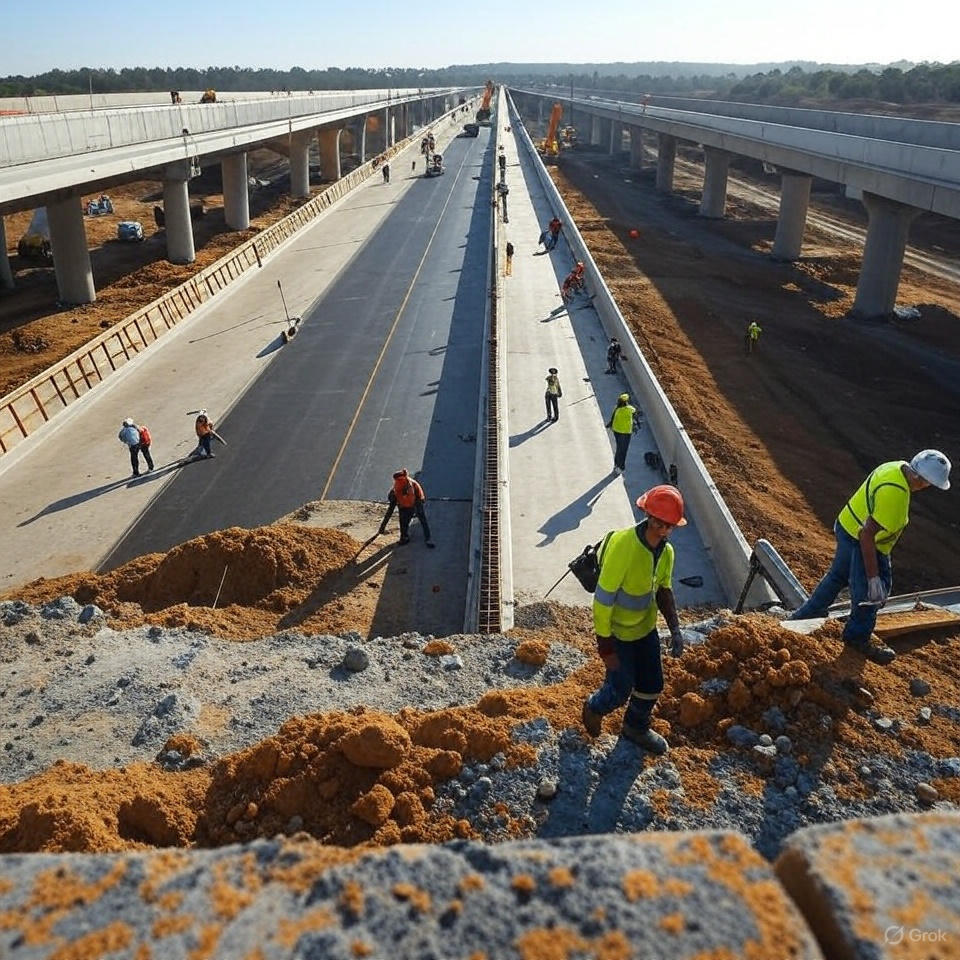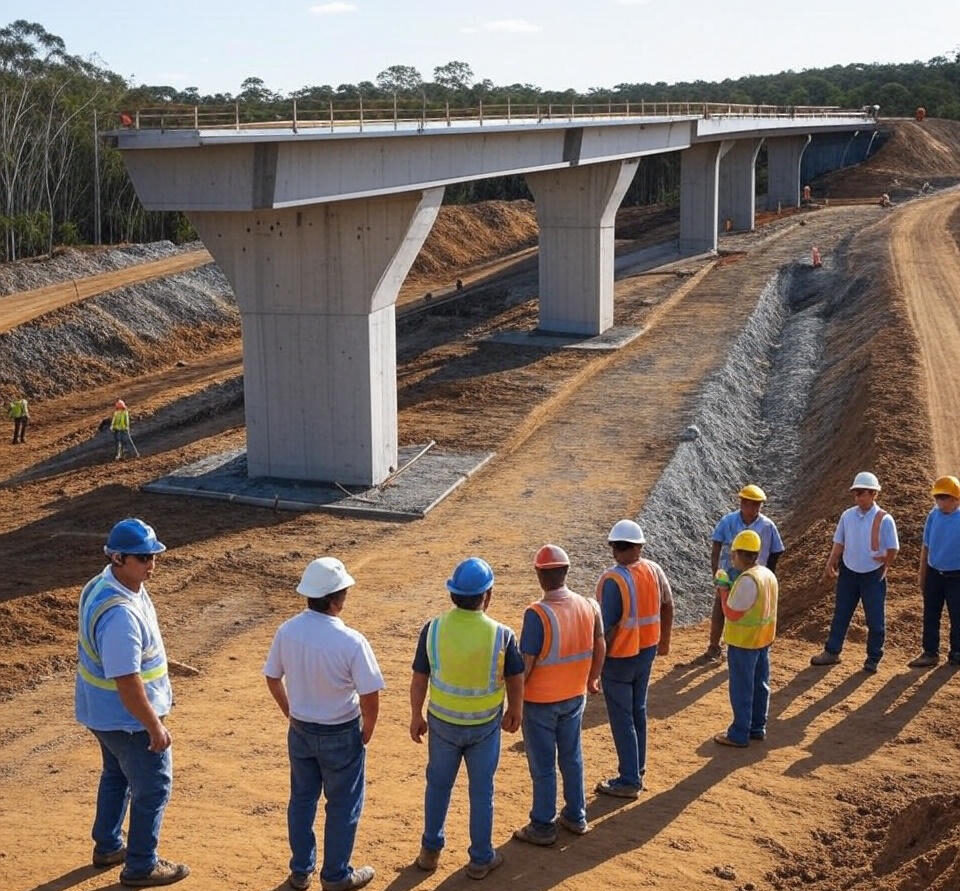Australia is federal and state governments have recently announced plans to accelerate public infrastructure projects to meet urgent public demand and stimulate the post pandemic economy. Yet this push comes amid growing concerns over massive budget overruns, scrutiny from watchdogs, and questions about whether speeding up delivery will compound financial risk.
Why the Push for Acceleration?
- To support economic recovery and job creation, governments have prioritized fast tracking infrastructure programs although many mega projects already exceed original cost estimates by 20 to 50% or more.(Grattan Institute, Infrastructure Australia, Deloitte)
- Infrastructure Australia’s 2025 performance summary revealed that of the analyzed land transport projects, 50% saw extended timelines and many experienced double-digit percentage hikes in total cost with rail overruns averaging 37% versus 15% for road projects(Globedge).
High Profile Overrun Examples
- Suburban Rail Loop (SRL) in Victoria: Now valued at $29 to 35 billion, Infrastructure Australia found that its projected benefits are significantly lower than claimed and urged for an exit strategy. Critics say planning was politically motivated rather than evidence based.(Wikipedia)
- Metro Tunnel (Melbourne): Originally budgeted around $10.9 billion, cost has ballooned to $12.8 to 14 billion, driven by staff shortages, supply issues, medical site interference mitigation, and systems integration delays.(Wikipedia)
- WestConnex (Sydney): Costs escalated from an initial $10 billion to as high as $45 billion when extensions and operations are included. This project has faced bipartisan criticism for poor cost control.
- In Queensland, water infrastructure projects saw a cumulative $6.5 billion cost blowout, including the Paradise Dam rebuild jumping from $1.2 billion to $4.4 billion.(couriermail.com.au)
- The VNI West interconnector energy project is projected to surge to as much as $11.4 billion, dwarfing earlier estimates of $1.8 to 3.6 billion, triggering fears of higher consumer bills and investor unease.(The Australian)
Drivers Behind Cost Escalation
- Size and Complexity: Larger mega projects with interdependencies tend to overrun costs more severely.(aicd.com.au)
- Poor Forecasting: Historical analyses show transport projects usually overshoot demand estimates by over 100%, undermining projected benefits.(arxiv.org)
- Labor Disruptions: Roads Australia warns that militant union action on projects like West Gate Tunnel and North East Link is costing up to A$5 million daily, inflating budgets.(Herald Sun)
- Premature Announcements: Early project launches before planning and cost details are mature lead to inflated budgets later.(Infrastructure Australia)
Acceleration Measures & Government Justification
- Governments justify the acceleration as essential for economic stimulus, meeting pressing public expectations and mitigating inflationary impacts through infrastructure led growth.(Infrastructure Australia, theguardian.com)
- Despite the scrutiny, officials maintain that accelerated timelines can still ensure fiscal discipline through tightened federal funding conditions and improved scrutiny frameworks.(Deloitte)
- Infrastructure Australia’s strengthened review process now includes annual budget statements, post completion evaluations, and alignment with federal-state agreements to enhance transparency.(Infrastructure Australia)

Summary Table
| Area | Key Issue | Acceleration Impact |
|---|---|---|
| SRL East | Costs underestimated; benefits overstated | Risk of sunk costs in project of dubious value |
| Metro Tunnel | Delays, technical conflicts | Higher risk when delivery is rushed |
| WestConnex | Expanded scope; audit warnings | Acceleration may amplify inefficiencies |
| Energy Projects | VNI West cost blowout | Essential to deliver but need tighter cost control |
| Overall Pipeline | 44% of projects have extended timelines, cost rises averaging 15 to 37% | Acceleration risks ignoring cost‑cutting governance |
Conclusion: Balancing Speed and Scrutiny
Australia’s ambition to accelerate infrastructure projects reflects an urgent push for economic stimulus and public service improvement. Yet, this drive comes at a time when long standing budget overruns, delayed delivery, and governance weaknesses are in the spotlight.
Key reforms are in motion: Infrastructure Australia’s enhanced oversight, requirements for exit strategies on unviable projects, and increased transparency through post-completion review. However, critics warn that accelerating projects without fixing flawed forecasting, underestimating risk, and addressing industrial disruptions may merely exacerbate the cost burden on taxpayers.
To succeed, governments will need to pair speed with robust project-level scrutiny, better demand forecasting, real time cost monitoring, and mechanisms to cancel or scale back unviable projects before costs spiral further.

